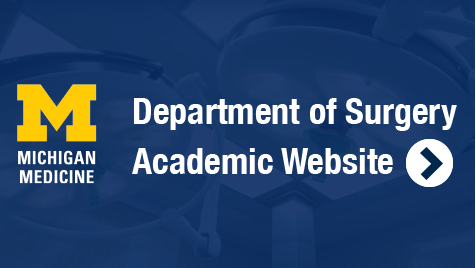Led by Dr. Peter K. Henke, the Leland Ira Doan Professor of Surgery, the Henke Lab investigates how blood clots in venous thrombosis (VT) resolve over time and how they damage the vein wall as they do. Dr. Henke's work as a vascular surgeon enables our laboratory to ask, and answer, important questions that impact patients' lives and outcomes following VT. Our lab has been funded since 2003 by the National Institutes of Health, the American Venous Forum and other organizations.
Our work is highly collaborative, with active partnerships within the Conrad Jobst Vascular Research Laboratories, the University community and externally. We conduct basic science and translational studies using small animal models and a range of physiological, immunological and molecular biological techniques. Our aim is to better understand how blood clots break down, how and why these processes often lead to vein wall damage and how we can prevent it.


